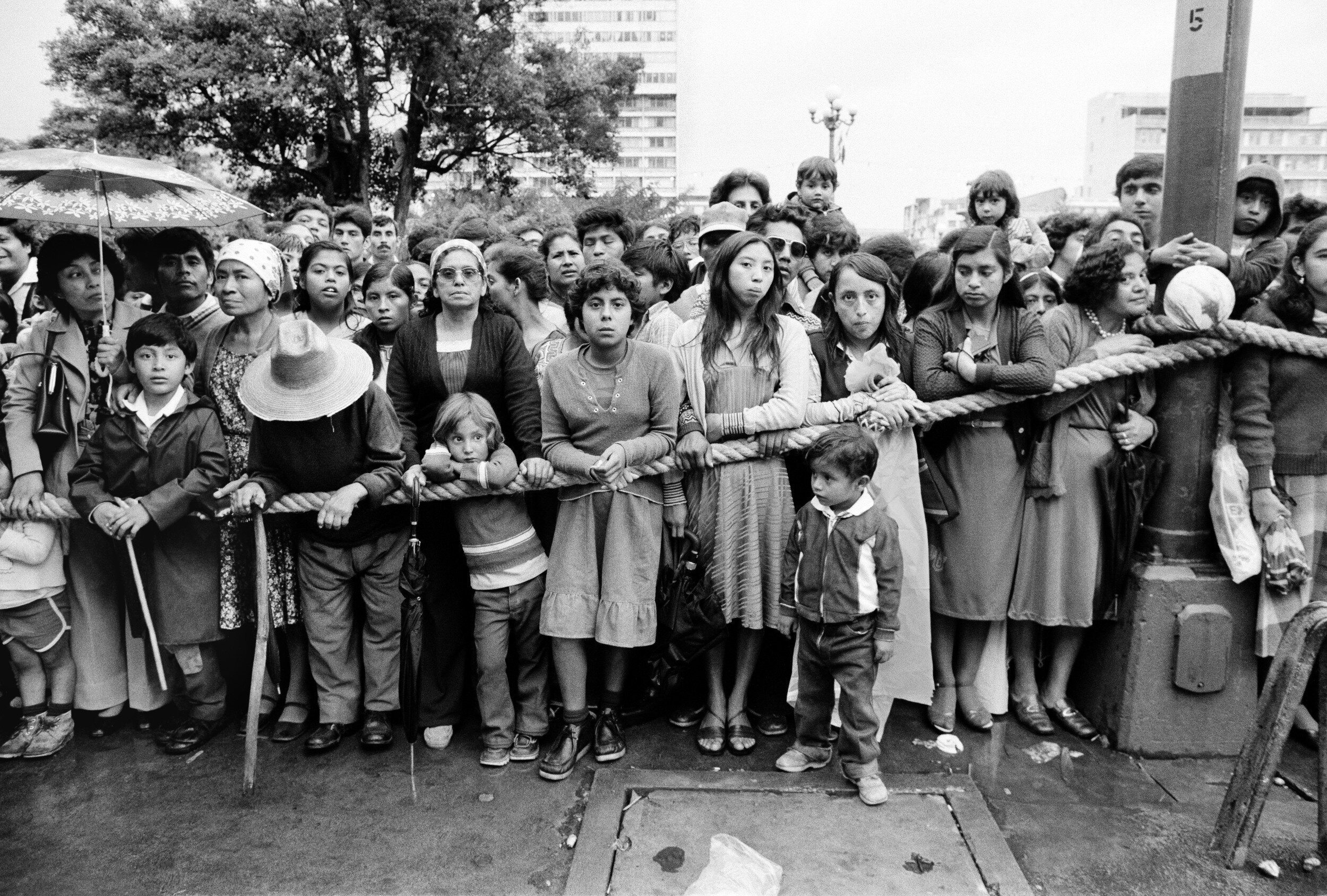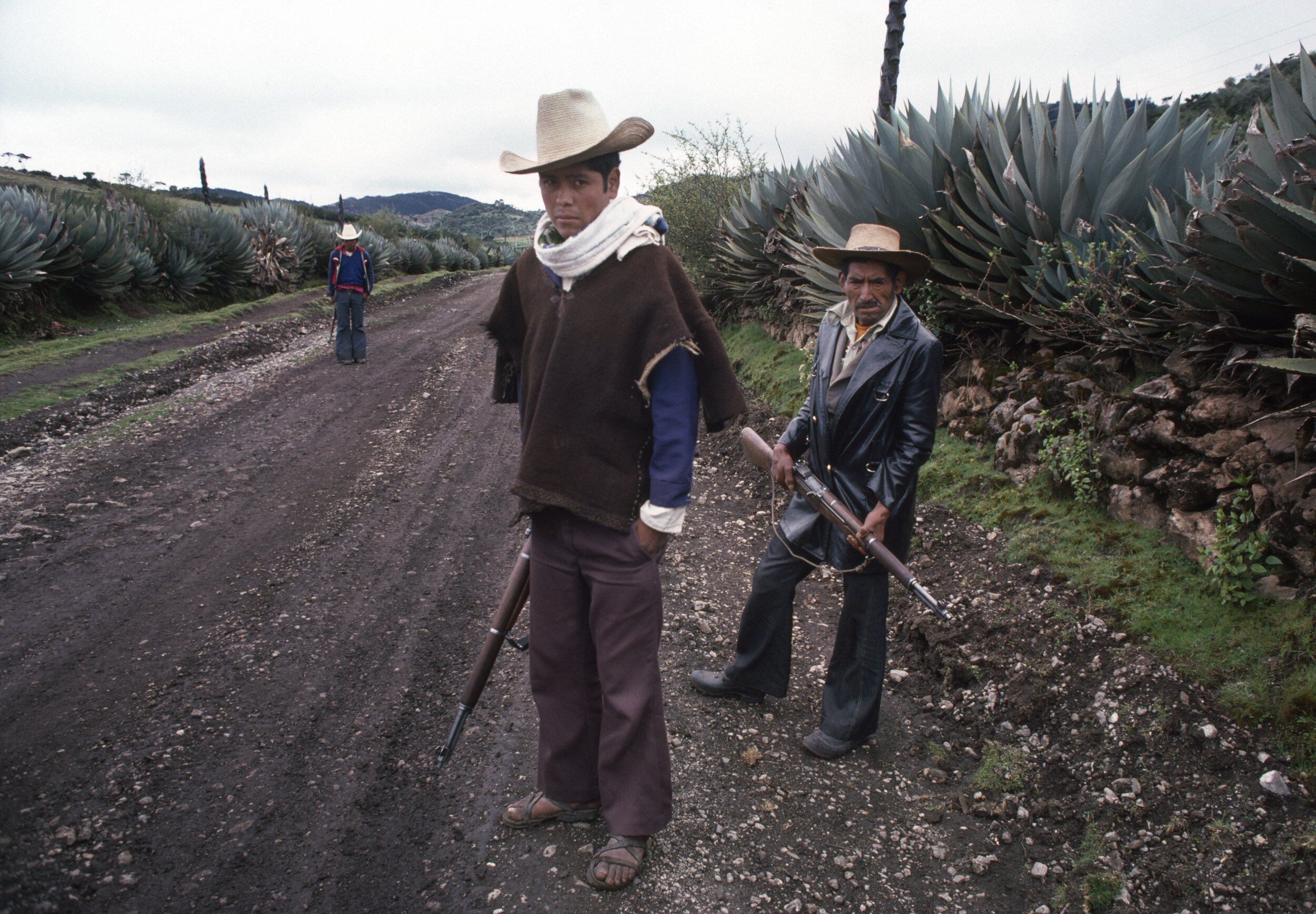Guatemala: Scorched Earth
While based at Time magazine's office in El Salvador between 1981 and 1984 I took several trips to Guatemala to document the country's ongoing armed conflict.
Alarmed at the socialist reforms advanced by President Jacobo Árbenz and the threat that land reform in Guatemala posed to U.S. economic interests, a military coup d’état was orchestrated by the CIA in 1954. The United States then backed a succession of military regimes, resulting in a 36-year civil war. Before and during the conflict, the United States government financed and trained Guatemalan military and security forces responsible for state-sanctioned violence against political opponents and guerrilla insurgents. Select Guatemalan Army officers trained at U.S. military bases both in Central America and in the United States. In the 36-year civil war, more than 200,000 civilians were killed, up to 45,000 were forcibly disappeared, and between 500,000 and 1.5 million people were internally displaced or fled the country.
Guatemala's legacy of human rights abuses during the civil war has since led to transnational justice efforts to prosecute members of the army and security forces. State-sanctioned massacres of the indigenous Maya population during the military’s brutal counterinsurgency campaigns between 1981 and 1983 were determined by the UN-sponsored Historical Clarification Commission in 1999 to be “acts of genocide against groups of Maya people”. However, high levels of impunity within the military and a subservient judicial system remain significant obstacles in post-conflict reconciliation.
Since the signing of the 1996 peace agreement, violence and income inequality have only increased. The formation of oppressive and violent street gangs continues to force many Guatemalans to flee to other parts of Latin America, Mexico, and the United States.

